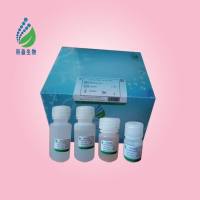Cloning and Mutagenesis: A Technical Overview
互联网
511
Strategies for cloning polymerase chain reaction (PCR) products and performing in vitro site-directed mutagenesis are legion, and the following chapters outline five robust and reliable protocols. Before embarking on such a strategy, however, it is worth considering if it is entirely necessary. Even high-fidelity, proofreading Taq polymerases carry the risk of misincorporated bases being included, especially late in the PCR, when dNTP concentrations may become limiting. Thus, if the product is cloned, there is a chance that the clone selected contains a misincorporated base. If the purpose of the exercise is simply to determine the sequence of the original template, it may be more appropriate to sequence the PCR product directly and so avoid such cloning bias. If the object is to produce a clone that can be further used in expression studies for instance, it is imperative that all cloned material is sequenced to verify its integrity, prior to expression.


![聚[1-[4-(3-羧基-4-羟基苯偶氮)苯磺酰氨基]-1,2-乙二基钠盐];219957-04-7;technical grade;V61882-1g](https://img1.dxycdn.com/p/s14/2025/1027/131/2990871289947862891.jpg!wh200)





